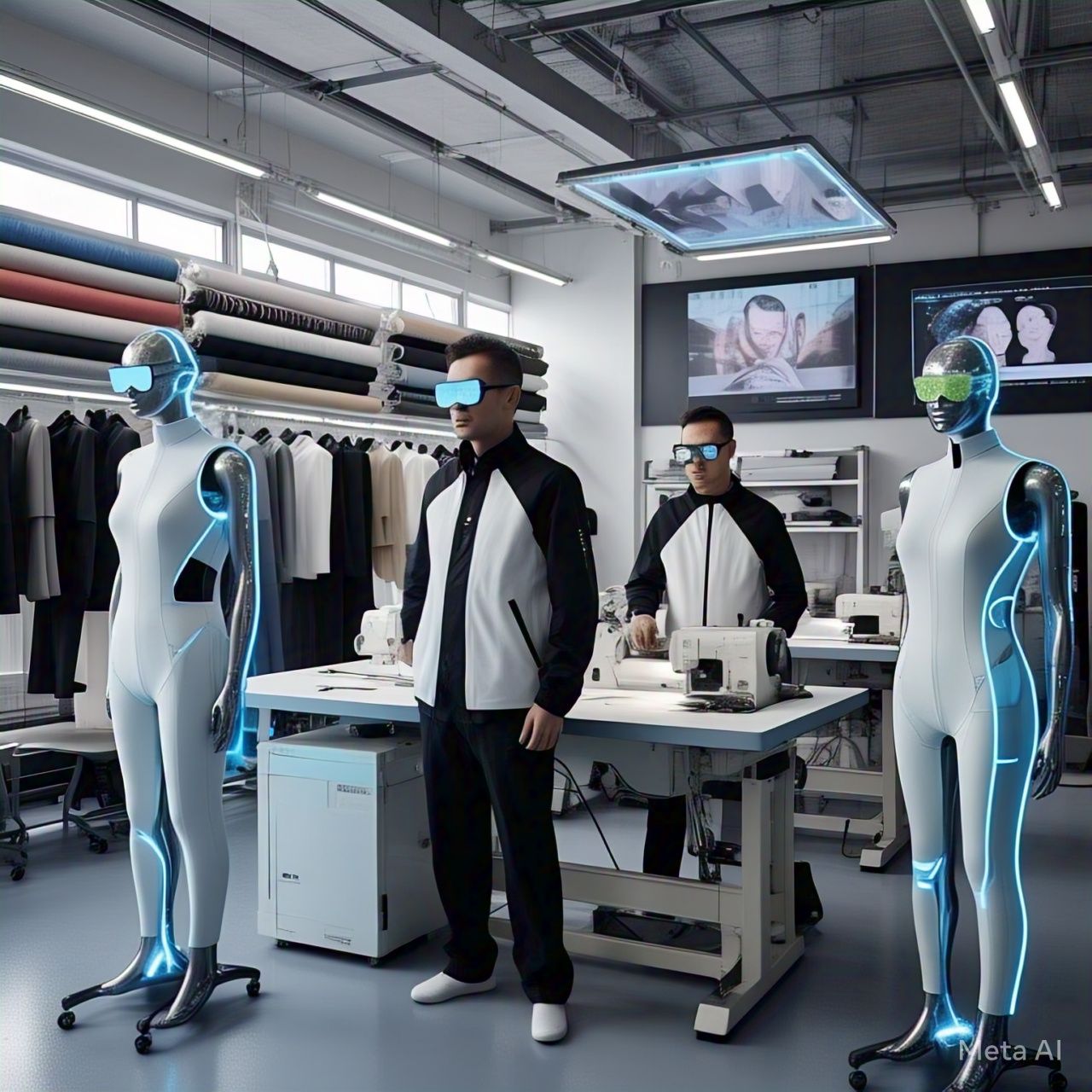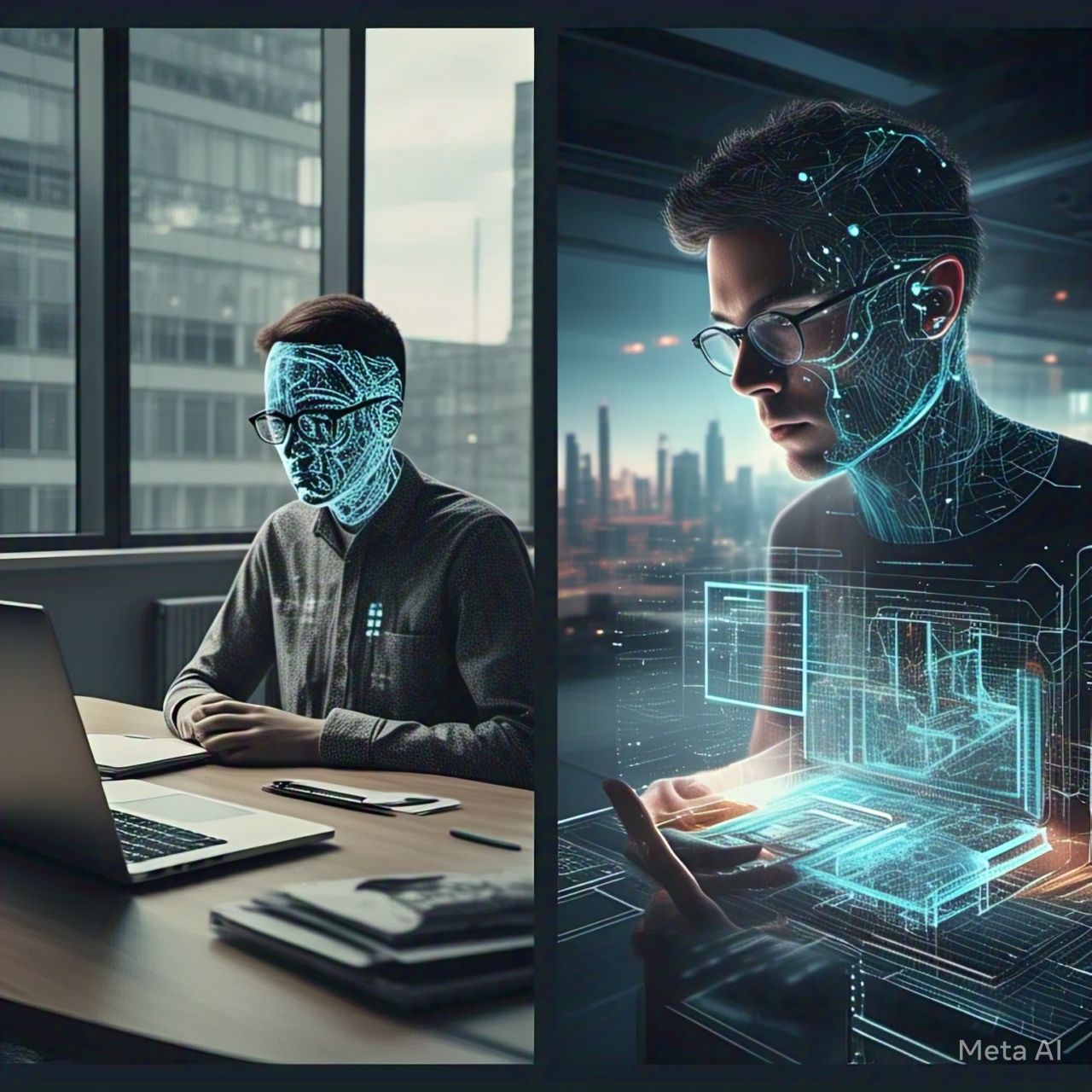Introduction
The fashion industry is embracing artificial intelligence (AI) to revolutionize how we shop, design, and customize clothing. From AI-powered personal stylists recommending outfits to automated tailors crafting perfectly fitted garments, technology is reshaping the fashion landscape. As AI-driven solutions continue to advance, they offer a seamless blend of creativity, efficiency, and personalization. This article explores how AI is transforming the fashion industry and what it means for both consumers and designers.
How AI is Revolutionizing Fashion
1. AI-Powered Personal Stylists
AI-driven styling platforms, such as Stitch Fix and The Yes, use machine learning algorithms to analyze customer preferences, body types, and past purchases. By leveraging data insights, these virtual stylists curate personalized fashion recommendations, making shopping more efficient and tailored to individual tastes.
2. Automated Tailors and Custom Fit Clothing
AI-powered tailoring solutions are redefining custom fashion. Brands like MTailor and Unspun use AI-based body scanning technology to generate precise measurements, ensuring a perfect fit without the need for in-person fittings. This automation not only enhances convenience but also reduces fabric waste in the production process.
3. Smart Fabric and AI-Enhanced Textiles
Innovative AI-integrated textiles are changing the way clothing functions. Smart fabrics embedded with sensors and AI-driven technology can adjust to temperature changes, monitor vital signs, and even adapt colors based on mood or environment, merging fashion with futuristic functionality.
4. AI in Fashion Design and Trend Forecasting
AI is helping designers predict trends by analyzing vast amounts of fashion data, social media activity, and market behavior. Platforms like Heuritech and IBM Watson use AI to forecast upcoming trends, allowing brands to create relevant designs ahead of time and reduce overproduction.
5. Virtual Try-Ons and Augmented Reality Shopping
Augmented reality (AR) and AI-powered virtual try-on tools are revolutionizing online shopping. Apps like Zeekit and Snapchat’s AR filters enable customers to visualize how clothes will look on them before purchasing, reducing return rates and improving customer satisfaction.
Benefits of AI in Fashion
1. Enhanced Personalization
AI-powered recommendations and virtual styling create a shopping experience tailored to individual preferences and body types.
2. Improved Efficiency and Sustainability
Automated tailors and AI-driven supply chain management reduce fabric waste and overproduction, making fashion more sustainable.
3. Faster Trend Adaptation
AI-powered trend analysis allows designers to anticipate consumer demand and adjust collections accordingly, staying ahead of fast-changing fashion trends.
4. Better Fit and Reduced Returns
AI-generated body measurements ensure precision tailoring, leading to better-fitting garments and fewer returns in e-commerce fashion.
5. Interactive and Engaging Shopping Experiences
Virtual try-ons and AI-enhanced shopping tools make online fashion more immersive, bridging the gap between digital and physical retail.
The Future of AI in Fashion
As AI technology continues to evolve, the future of fashion will see more advanced smart fabrics, AI-driven sustainable manufacturing, and even robotic tailors capable of creating custom garments in real time. The integration of AI in fashion not only enhances creativity but also streamlines production and improves the overall shopping experience.
Conclusion
AI is transforming the fashion industry by offering personalized styling, automated tailoring, and smarter shopping experiences. As brands continue to integrate AI-driven innovations, the way we shop, wear, and interact with fashion will continue to evolve. Whether it’s finding the perfect outfit with an AI stylist or wearing custom-fitted garments made by automated tailors, the future of fashion is smarter and more innovative than ever before.




